Have you been wondering what the heck all this 'red brick' business is all about? We've broken down all the university jargon to make it as simple as it should have been in the first place...
Are you applying to unis and sick of everyone banging on about the ones that have red bricks, without explaining to you what that actually means? Or a final year who may have spent 3 years studying at one of them, but knows little more than the fact they have pretty swanky old buildings?
Either way, we’ve got you covered - grab your popcorn and sit back whilst we give you the low-down on all you need to know. If you’re a fan of architecture, stick around for the pics!

When did the term redbrick originate?
It all started with the Victoria Building at Liverpool Uni and Chancellor’s Court at Birmingham in the 1900s.
In 1943, a University of Liverpool Spanish professor named Edgar Alison Peers published a book on British universities named Redbrick University. He used the distinctive red brick buildings as a way of referring to the new universities that were starting to pop up in England’s major industrial cities, focussing on sciences and practical knowledge. These were known as civic universities and were very different from the ancient Oxford and Cambridge which were more focused on the arts and religion. And so the term ‘Redbrick university’ was born.
Which universities are redbrick universities?
Officially, here are nine original civic universities, each with its very own red (some more than others) buildings. These are:
University of Liverpool
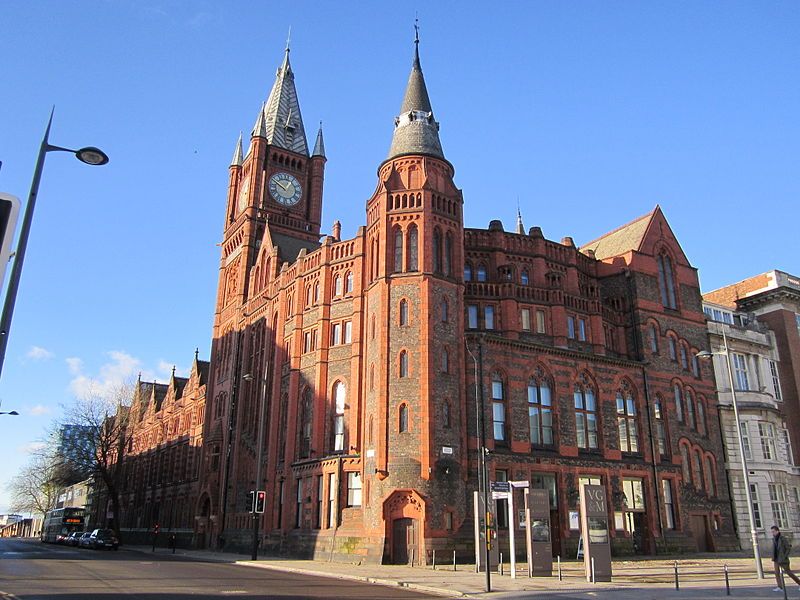
University of Birmingham

University of Manchester

University of Leeds
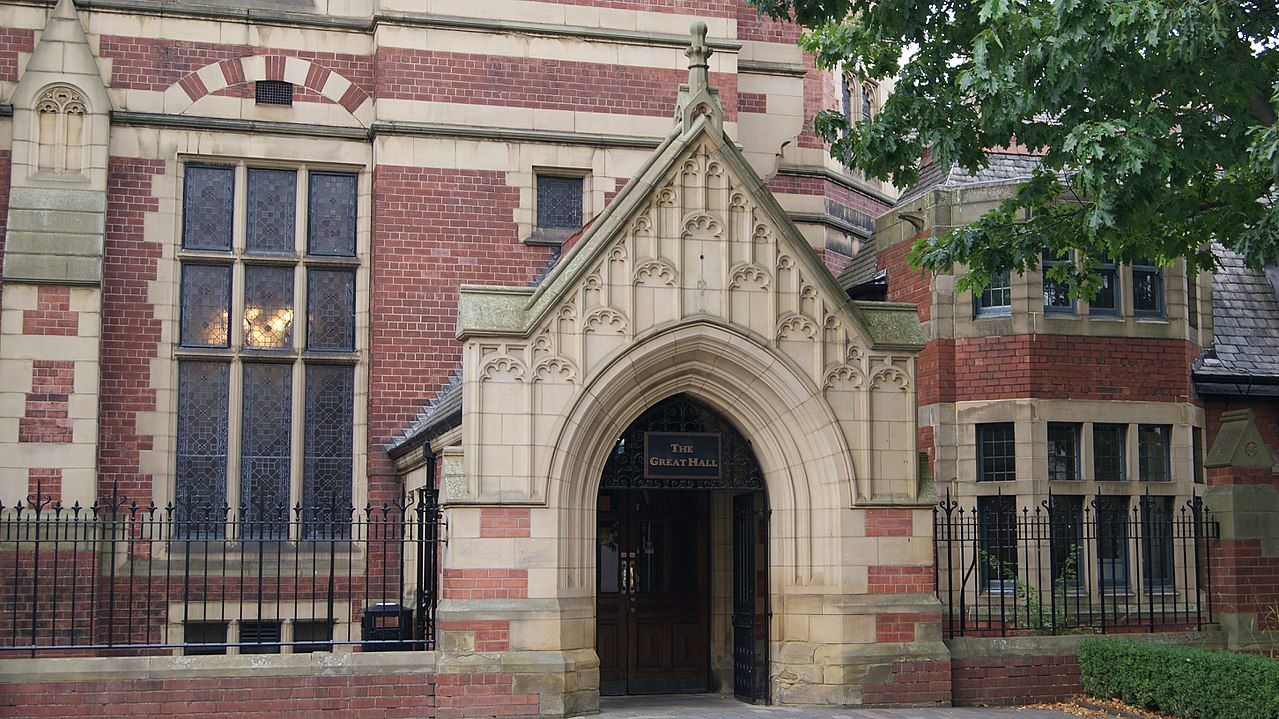
University of Sheffield
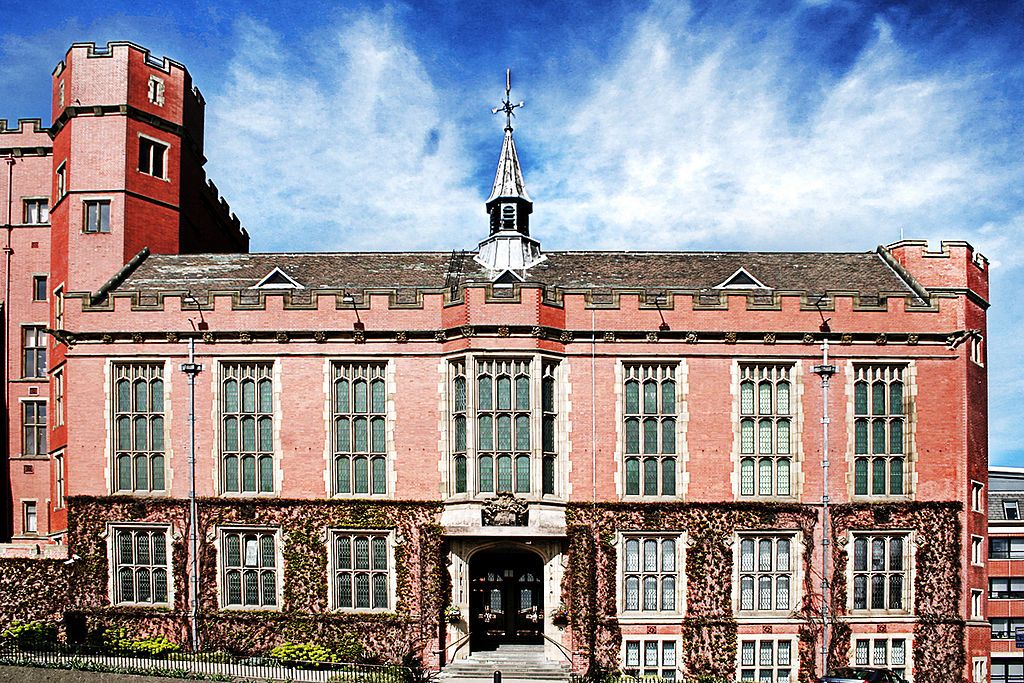
University of Bristol
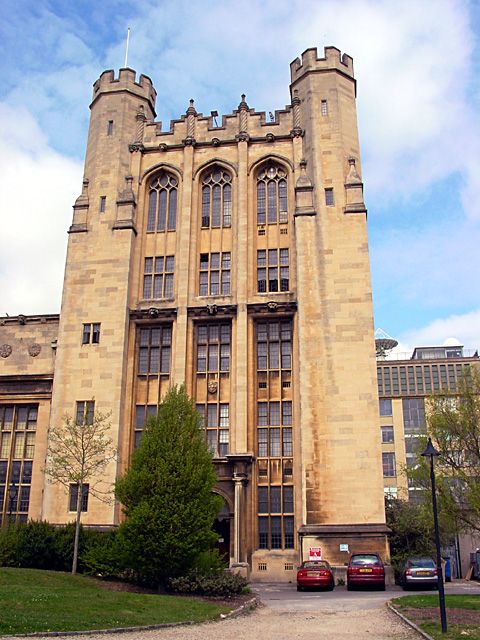
University of Reading

University of Nottingham
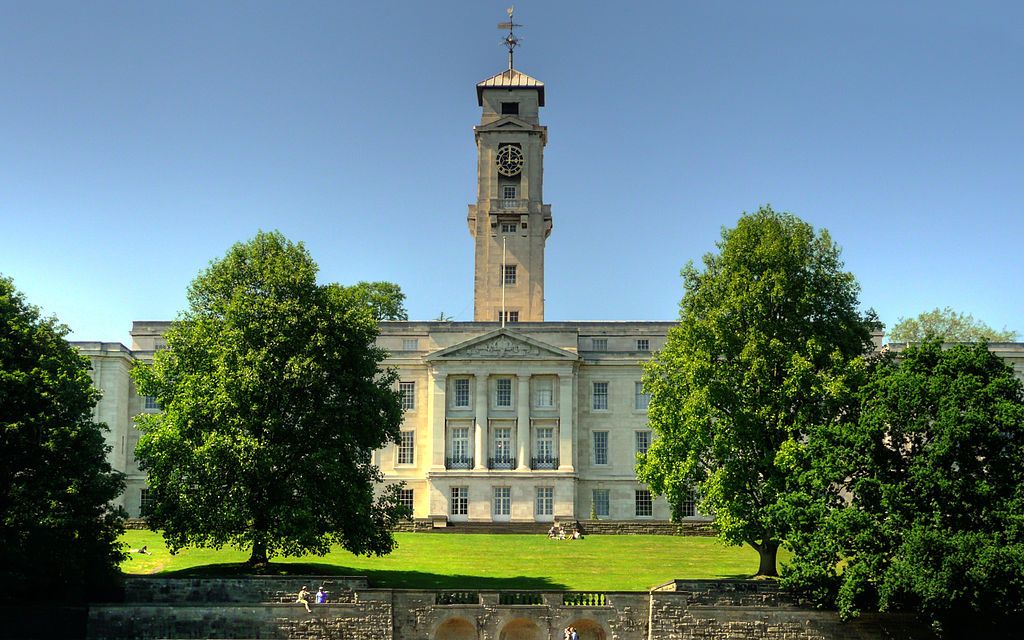
Newcastle University
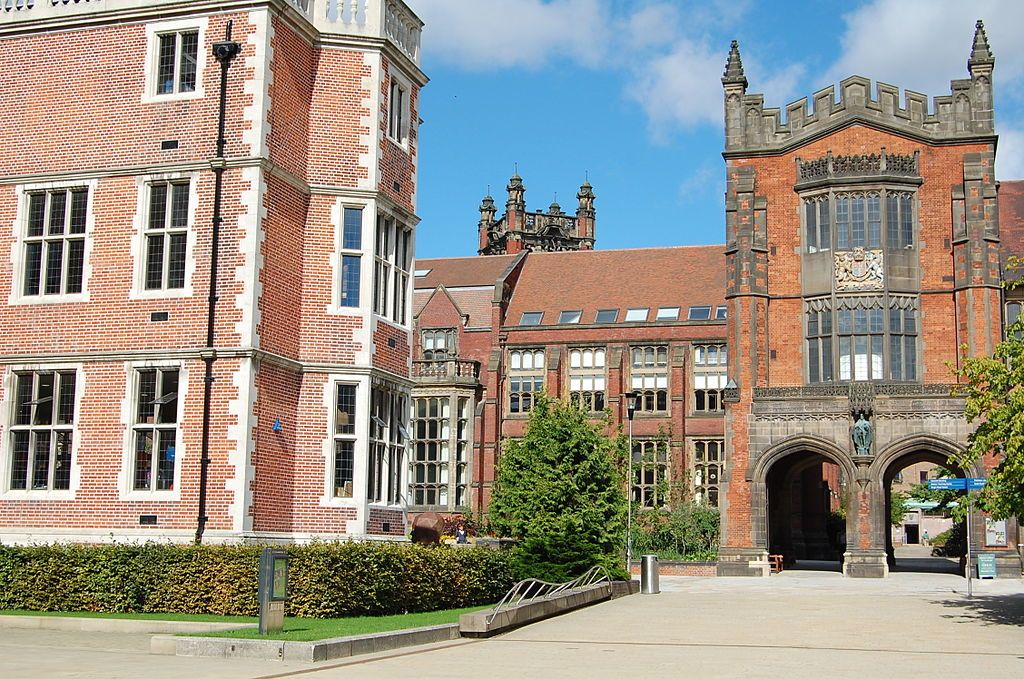
What does it mean if I go to one of these universities?
British universities have their own little hierarchy, which is based on traditional status and academic performance. The Russell Group, another term you’ve probably heard, are the top 24. Oxford, Cambridge and Durham are considered top of the top, followed by 21 others, in which there are 8 of the 9 red brick unis. These tend to be tougher to get into, asking for higher grades at A-Level or equivalent, so if you want to go to a uni with fancy red buildings, you’ll have to knuckle down.

What happens if I don’t get into a red brick or Russel Group uni?
It’s easy to get bogged down in all this info when applying for uni, and it can all be a bit overwhelming. But don’t forget that university is not all about reputation, and there's a whole load of other things to consider when choosing where to go. The red bricks may look pretty, but they might not have the course you’ve set your heart on, or be somewhere you’d like to live for three or more years.
University isn't just about academia - your well-being and personal development are so important too, so make sure you look at it from all angles so that you can make an informed decision that’s right for you. Good luck!
What do you know about the history of your uni? Join the Student Hut Community today for access to exclusive tips, tricks and even paid surveys where you can share your opinions.













